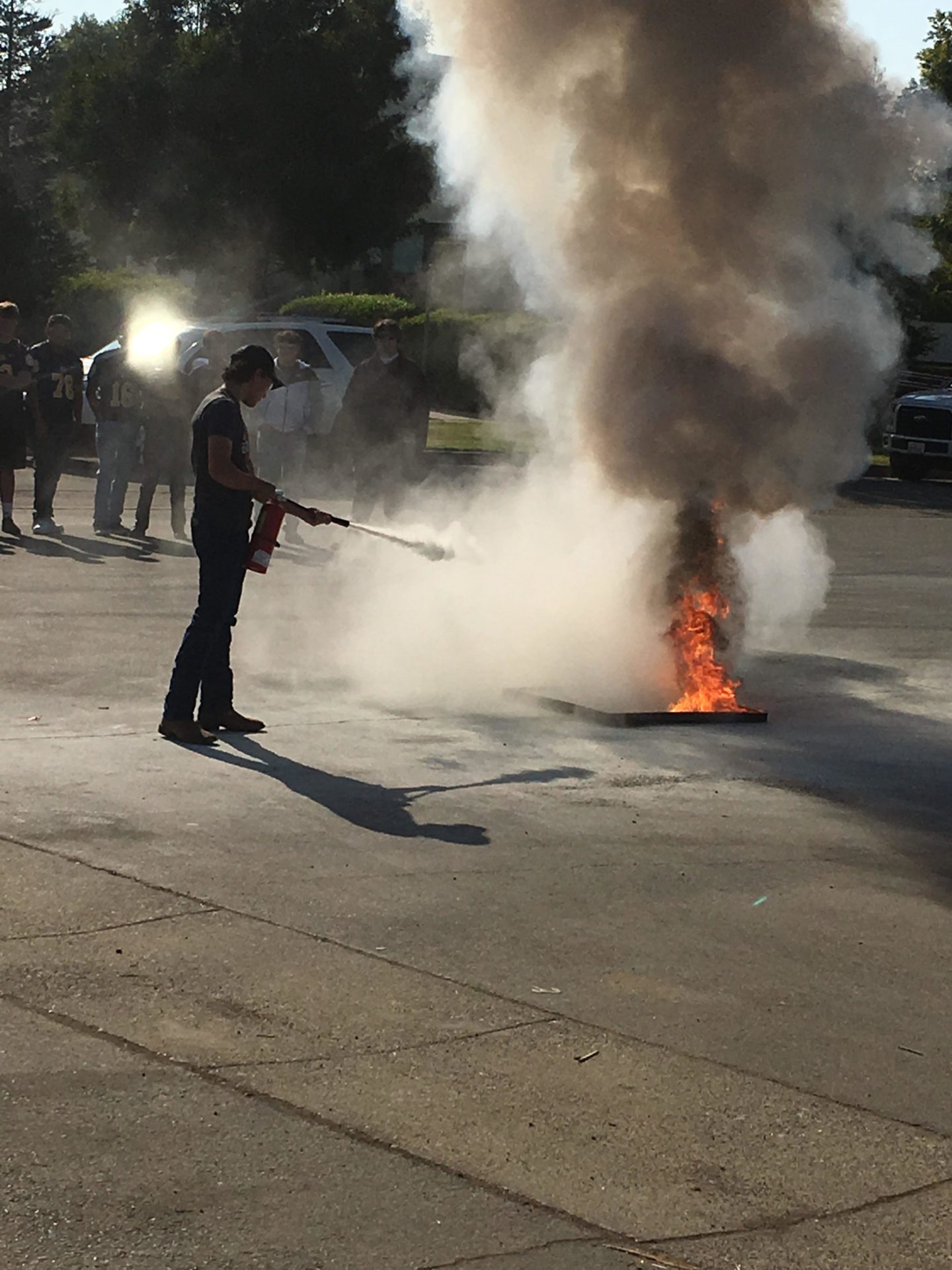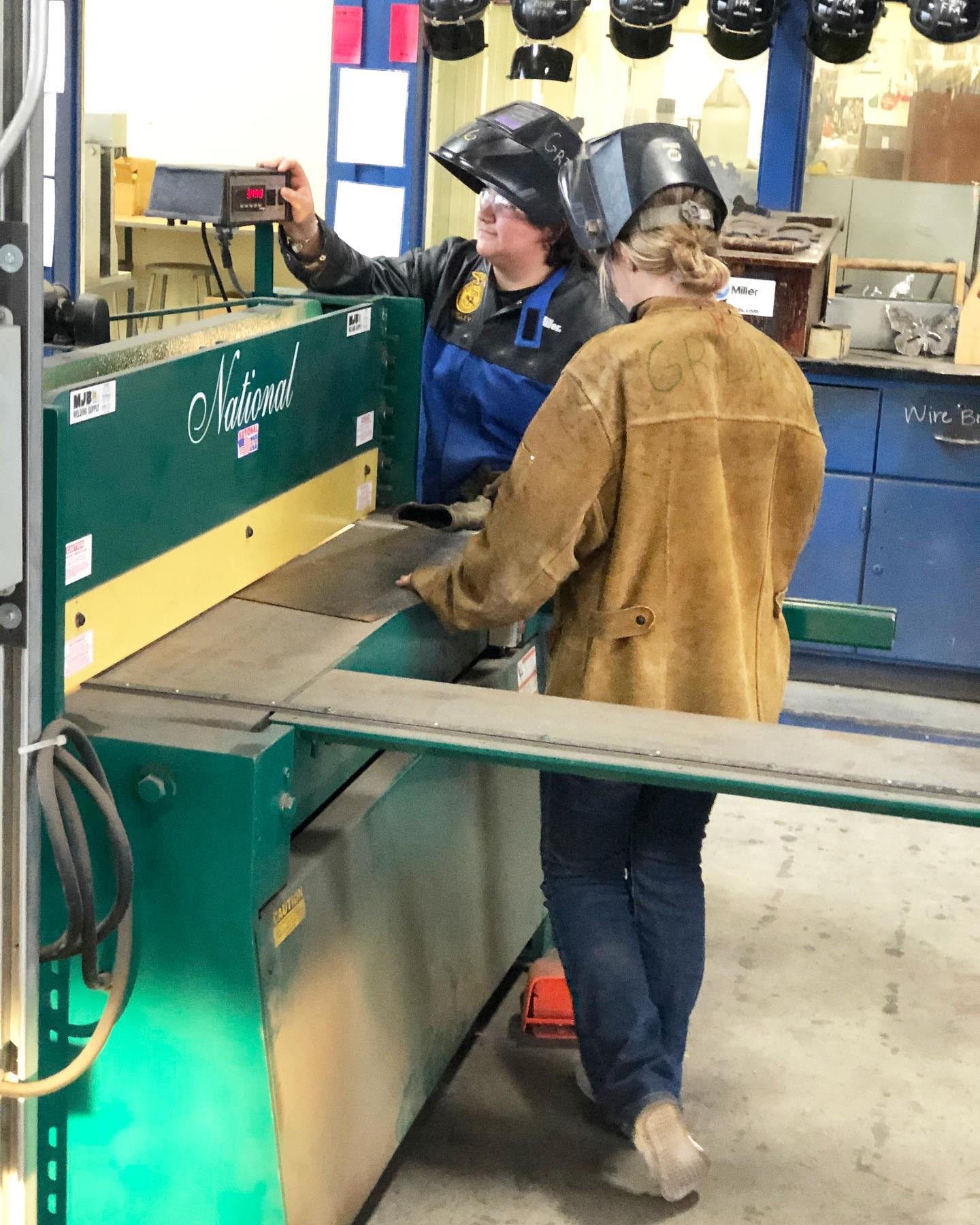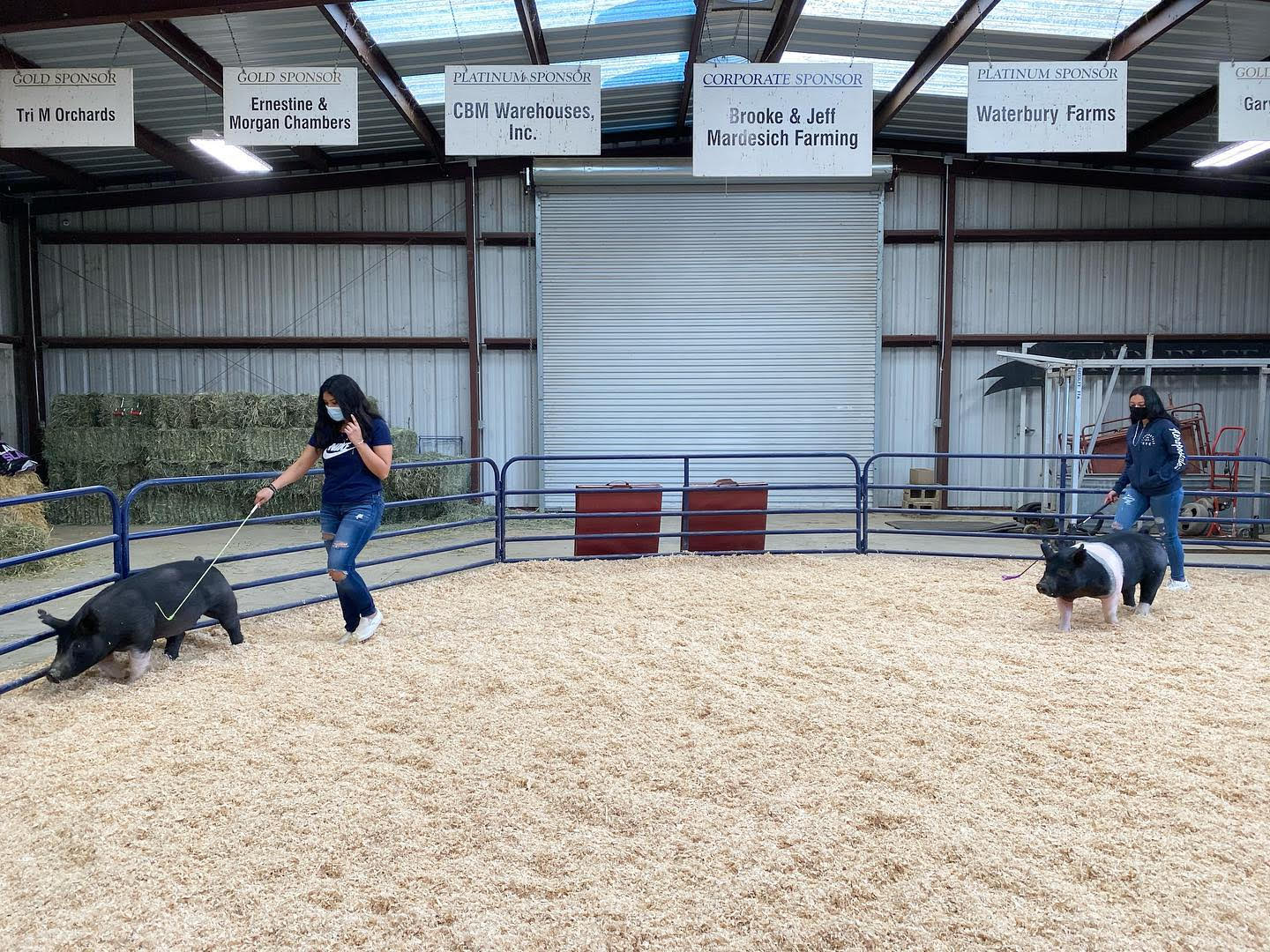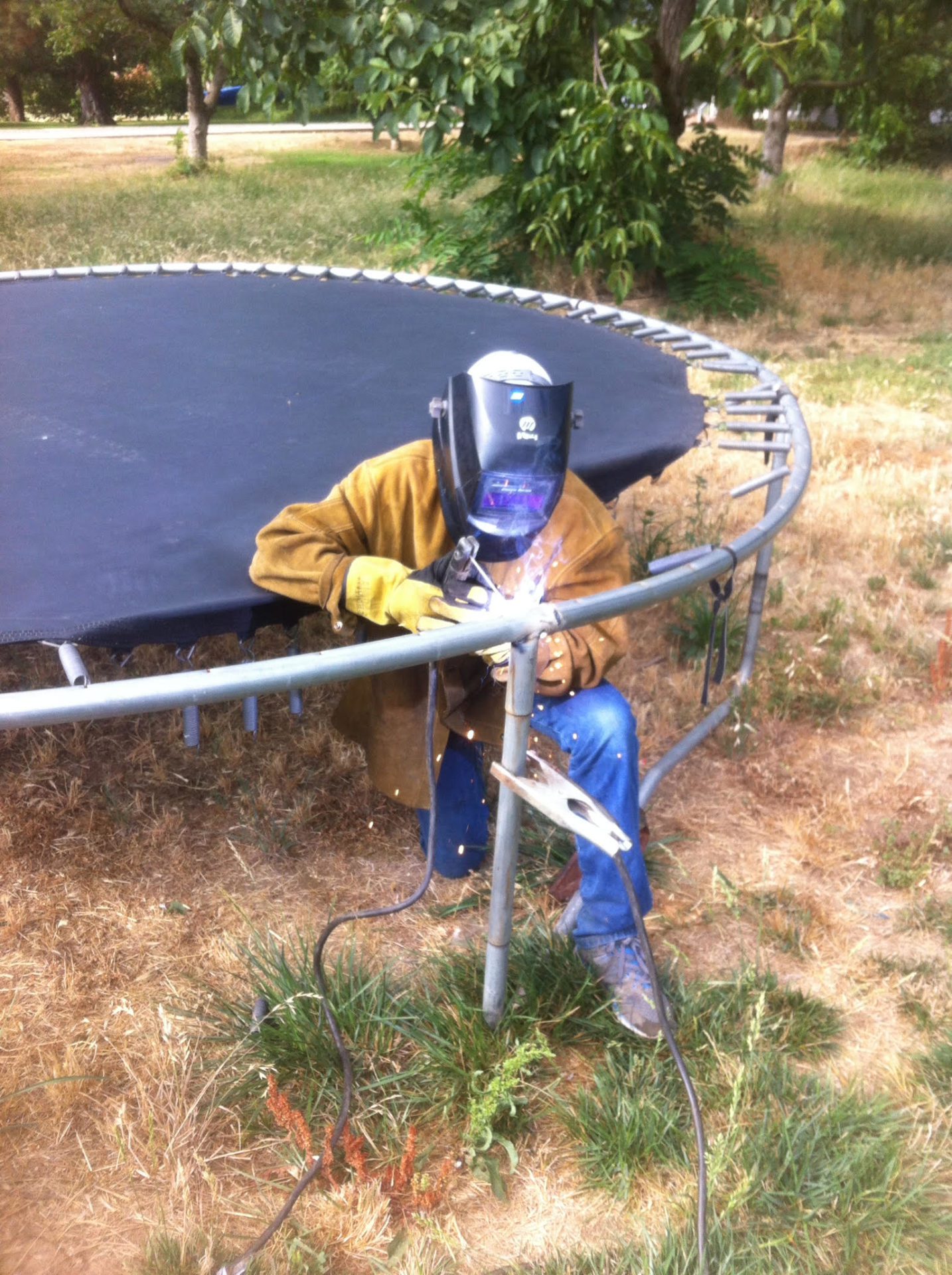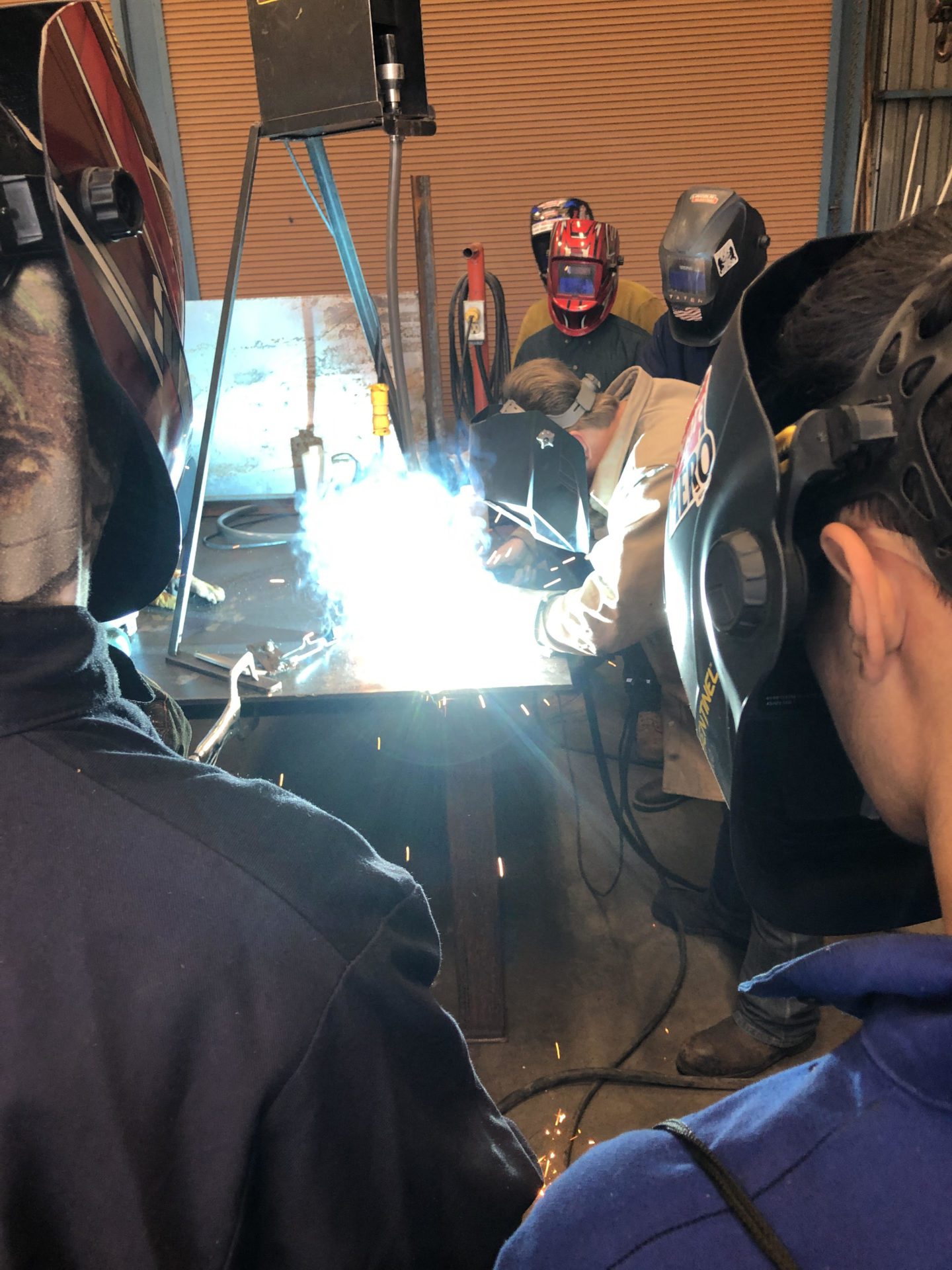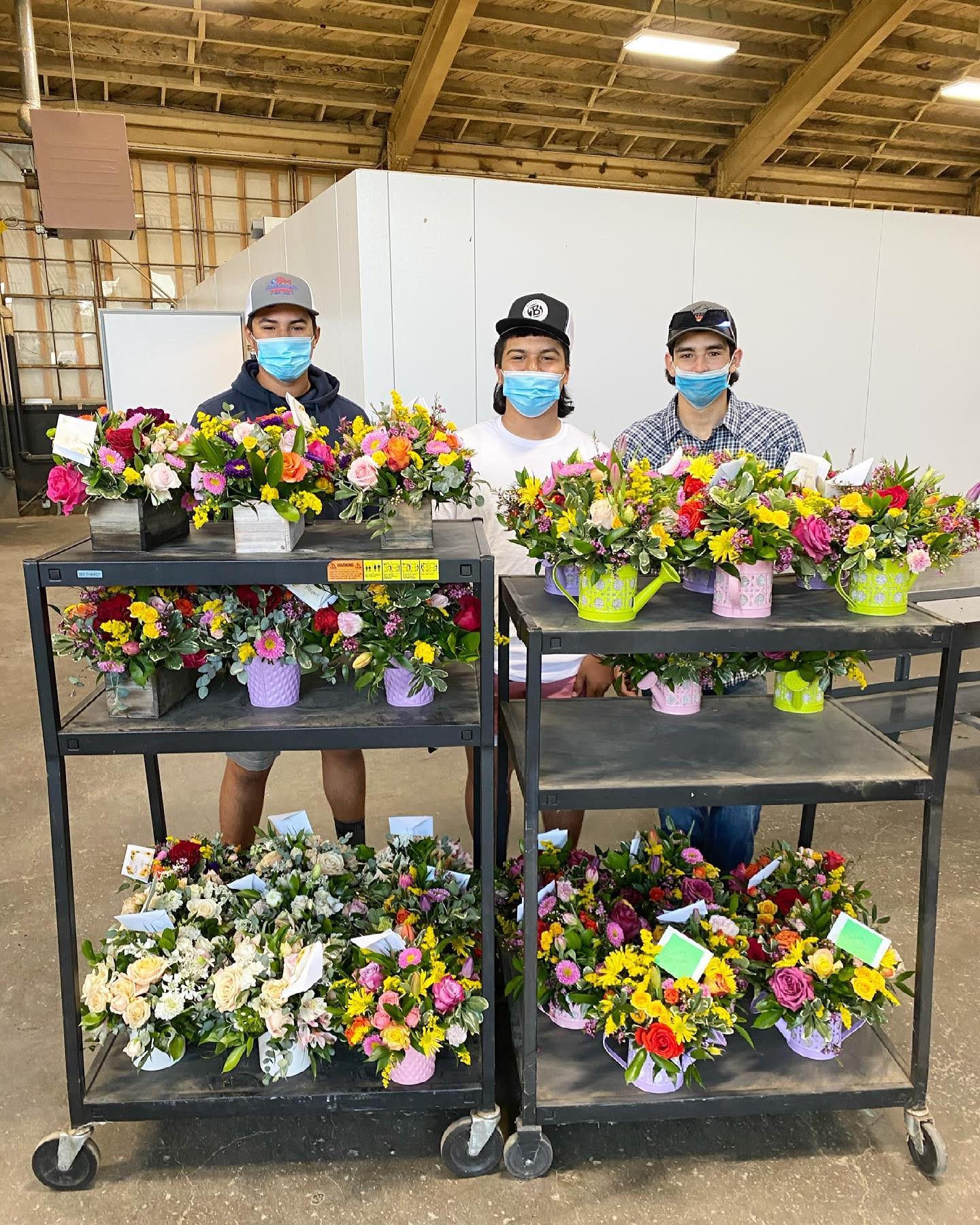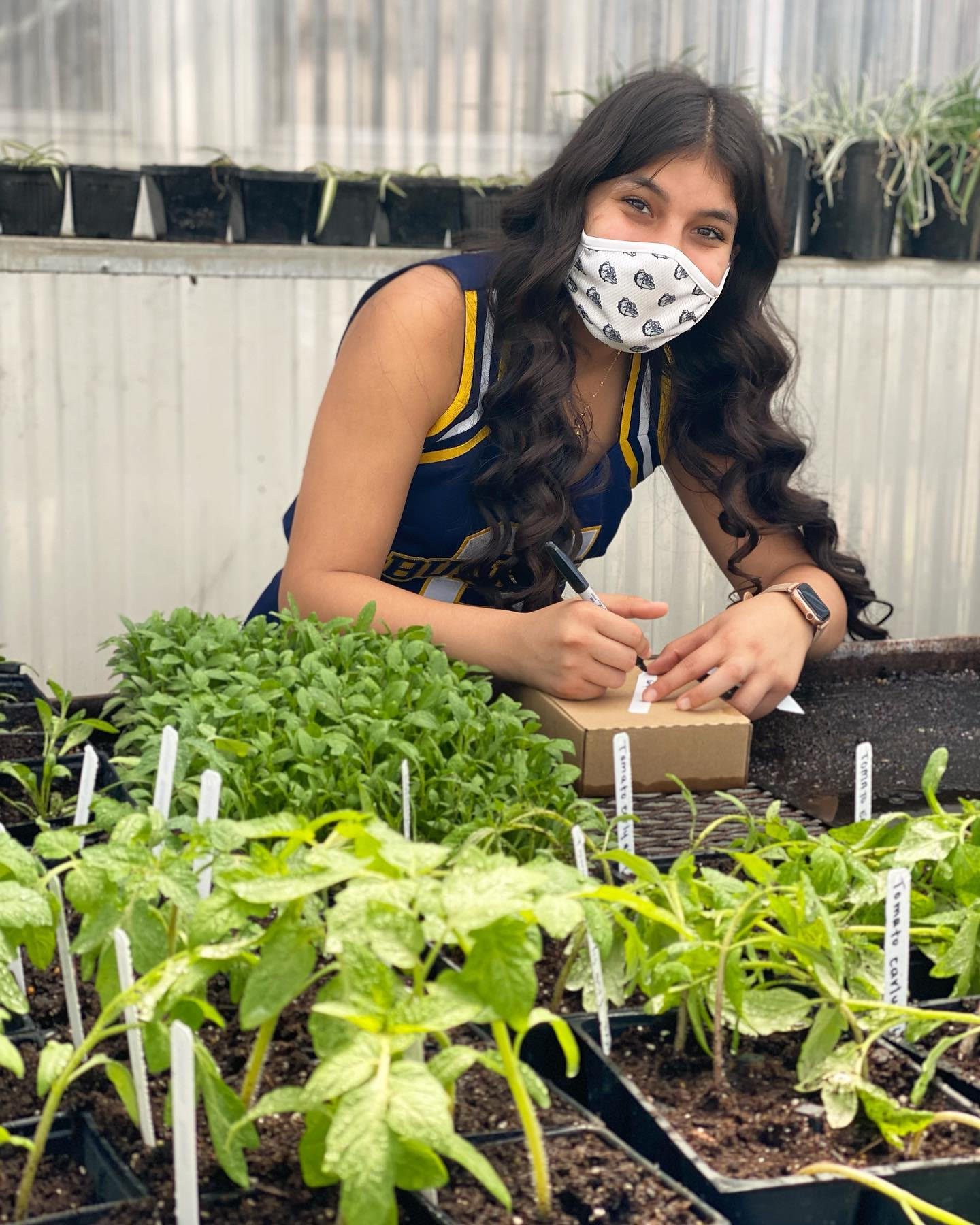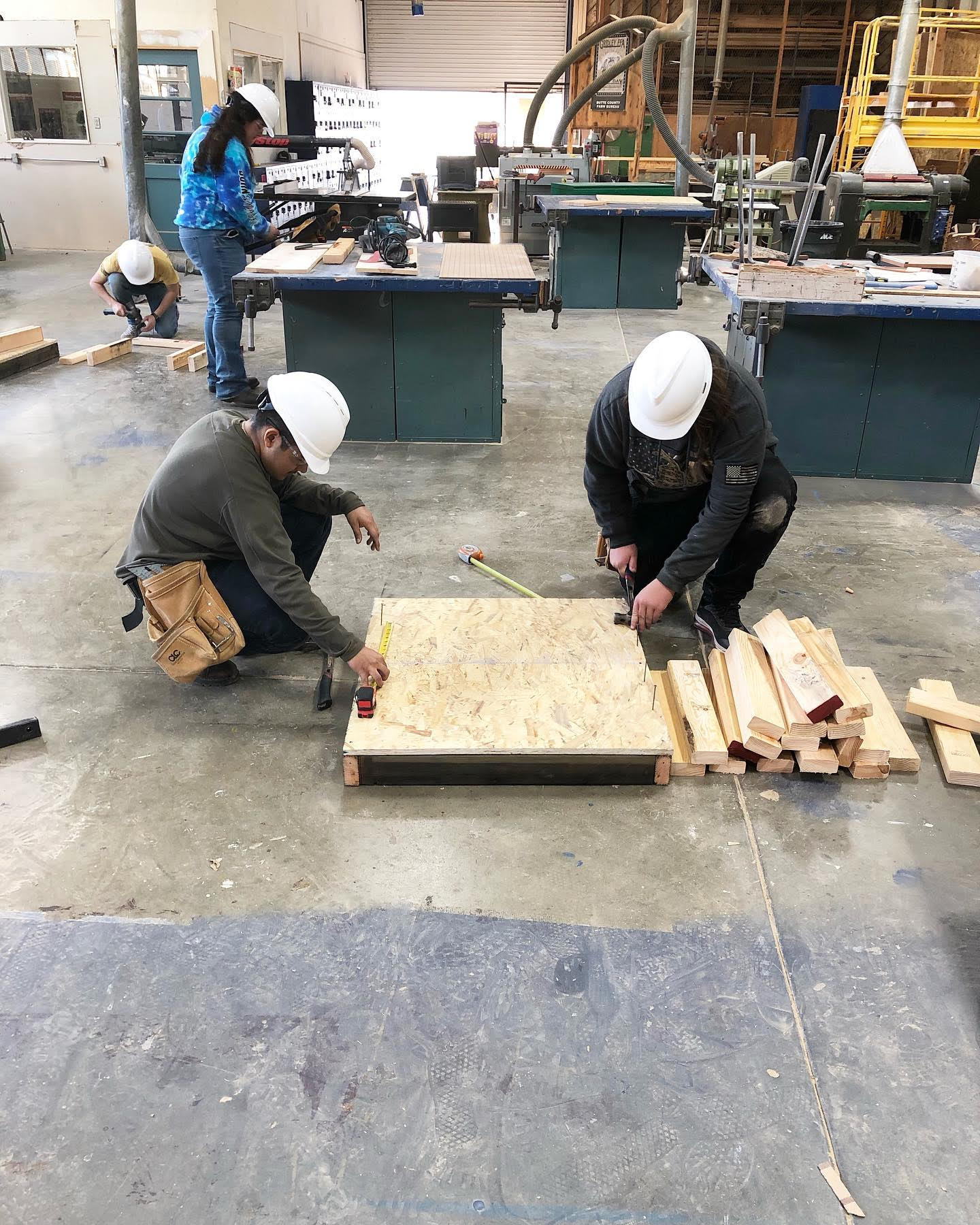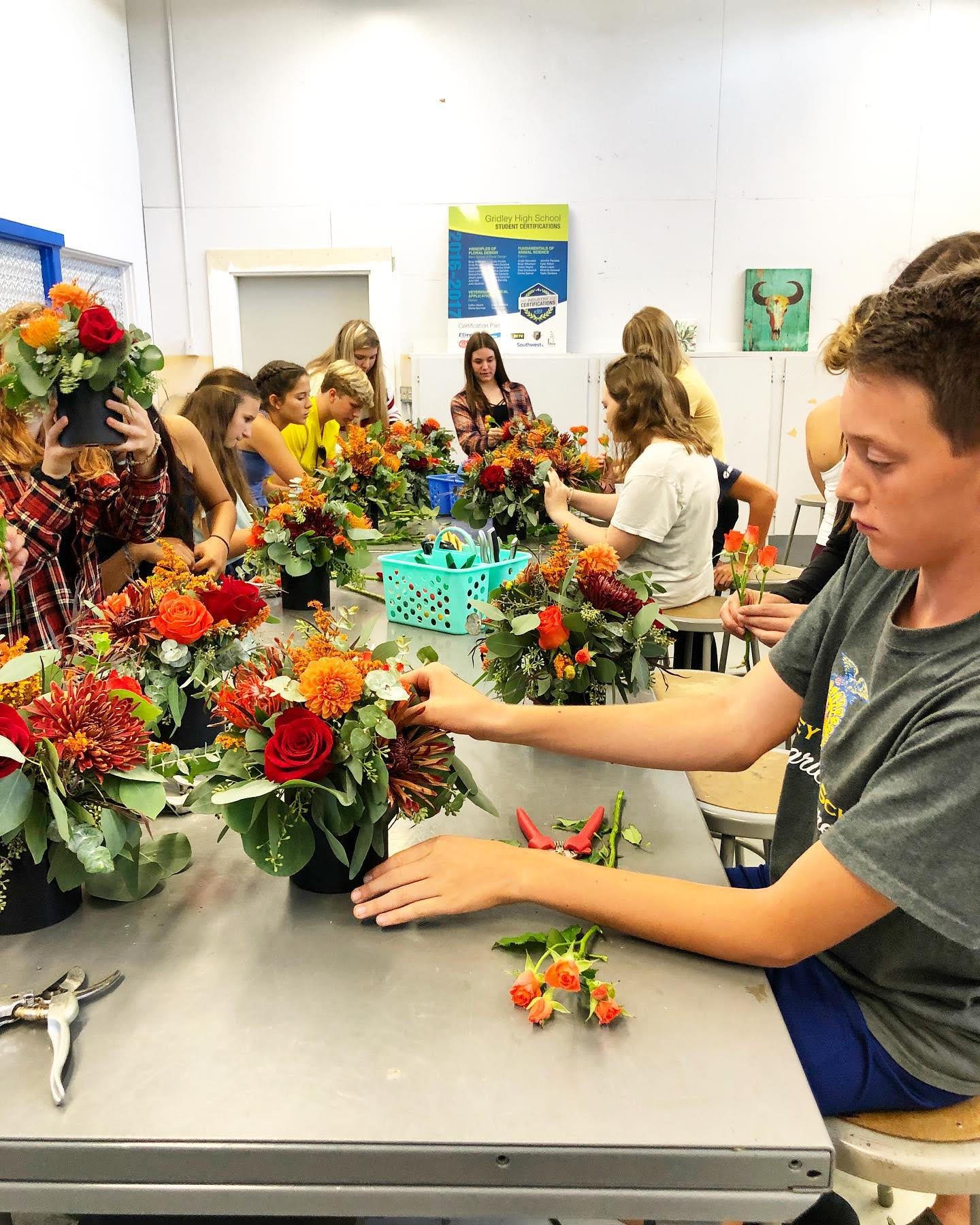Practical Pathways Growing in Gridley
News Center – April 2021
Known as the “Land of Natural Wealth and Beauty,” Butte County is also an agricultural powerhouse, boasting an overall production of more than $688 Billion in 2020.
A key player for walnuts, rice, almonds and prunes, the region employs more than three times the national average of workers in the ag sector, with jobs sprouting steadily at four-percent growth until 2023, according to a recent NoRTEC report.
Yet, despite the bountiful harvest and burgeoning opportunities, the entire state is facing an ongoing ag labor shortage. In Butte County’s Gridley Unified School District, the solution is simple: offering robust agricultural pathways to grow the talent pipeline from the ground up.
With the help of a recent Strong Workforce grant, the District has made the Agricultural Career Technical Education program stronger than ever, increasing staffing to implement a new “AgriScience” Academy.
“We have four teachers in that pathway, which is probably unusual … for a small high school of 650 students,” says Principal Justin Kern. For the small rural area, he says offering an array of ag pathways allows students to build on the skills “that are necessary to join the labor market here.”
The latest addition to the CTE academies comes at an opportune time for Northern Californian students, with demand driving agriculture wages ever higher, and the Academy’s newest instructor thinks it’s a game-changer.
“At least a third of our campus is usually in the ag program at some point,” says Madison Albiani, educator and self-proclaimed AgriScience “nerd.” The school also connects students to academies in Agricultural Mechanics, Animal Science and Ornamental Horticulture, providing diverse options for in-demand employment in the field.
Thanks to the new Academy, learners can fulfill their science requirements in AgriScience for UC “A-G” college entrance credit, providing a considerable head-start for hands-on learners.
“It’s another way to keep them connected to that core we’re teaching but also get those credits,” Albiani explains.
Students in the Academy are required to complete a self-directed research project in line with their area of interest. A floriculture student, for example, recently compared different additives for keeping flowers fresh, while another investigated COVID-19’s impact on the floral industry.
“Science is all about solving a problem and collecting their own data to come up with results,” says the instructor, who couldn’t be prouder of the resulting papers. In fact, the work was good enough to place in a UC Davis AgriScience competition: “I submitted two student papers, and both were in the top three,” beams Albiani.
Long-term goals include competing with these projects at the national level, providing further encouragement to choose a future in AgriScience. With an emphasis on writing scientifically and conducting experiments, the instructor says the research projects “teach that critical thinking and everything they need for college.”
Many students graduate with credit from multiple ag pathways, with AgriScience adding yet another level of competency. Another popular Academy is Ornamental Horticulture, where students can earn various industry-level certifications in Floral Design and Plant Science. Pragmatic opportunities include job shadowing and working at real-world events like weddings and plant sales.
“We find that many of our students who have developed skills in this area are sought after for many seasonal and full-time jobs upon graduation,” says Ornamental Horticulture Instructor Jennifer Kaslin Haley.
In fact, California leads the nation in horticultural sales at $2.6 billion, according to the 2019 Census of Horticultural Specialties report. With combined knowledge of plant science and the event industry, students are uniquely positioned to seek futures as entrepreneurs, florists or greenhouse employees. Says the instructor, “In California, we are lucky to have a dire need for so many of these specialized skills.”
The good fortune works both ways. Students glean practical skills to take them far in the floral industry and beyond, including time management, event planning and working with clients. Meanwhile, the Greater Sacramento area chips away at the skills gap in an agricultural economy that adds more than 5,000 jobs annually.
And thanks to a new, state-of-the-art greenhouse built with Strong Workforce support, the program will be offering a new Greenhouse Management course to further prepare grads for ag careers. Meanwhile, the grant helped fund new, industry-standard refrigeration units, giving participants real-world experience in expert cut-flower care and setting them apart from other floral programs in the state.
Students glean experience with employers and organizations like Ace Hardware, local Rotary and Lions Clubs, and vendors. “Many of these students work side jobs or internships with florists or businesses that pay them,” says the instructor, who is proud to say her students “are well-versed in agriculture production and business upon graduation.”
To the industry partners tasked with hiring new regional talent, the rigorous preparation supplied by the Academies shows.
“Any one of those kids could probably go on to a nursery or floral shop and be highly employable,” says Gary Olson, Regional Vice President of Credit Operations
at Farm Credit West. “I don’t know a school other than Gridley that has that level… They really step it up a notch.”
Olson should know. He graduated from Gridley High School’s ag program in 1975, and his kids are alums as well. As a proud parent and advisory board member, he says ag has come a long way since his high school days:
“Now it’s a full-blown curriculum — they’re getting core classes for AgriScience,” remarks the industry partner. “That never happened before.”
He believes the robust offerings and diverse certifications are a step in the right direction to revitalize the workforce. Whether learners go on to four-year degrees or launch careers directly out of high school, Olson is confident that the experience will come in handy.
“Kids that go through 4-H or FFA have a work ethic,” says the advisory member, who is proud to work shoulder-to-shoulder with outstanding Gridley grads employed by his company. “If they can come away with those skills, those kids are highly employable.”
Demand for home-grown talent is undeniable, particularly in unique and underserved fields. Case in point: the Ag Mechanics pathway, which teaches welding with an agricultural focus.
“The demand for skilled workers around here is through the roof,” says Agriculture Mechanics Instructor Nicholas Dreesmann. “I get calls, emails and industry dropping by my shop on almost a daily basis.”
The average starting wage for welders in the area is $15 an hour, making it an enticing field for students ready to spark careers. From their sophomore year onwards, participants pick up their OSHA 10, stackable credentials and valuable welding gear, including a welding jacket, gloves and hood, as they progress.
On average, students earn about $4,500 crafting items, with some greatly exceeding that amount. Learners also complete a 120-hour minimum internship in the field, gaining competitive experience with a variety of businesses.
Best of all, they obtain a considerable leg up in the industry. In fact, many students complete college or trade school programs in half the time by using their hard-earned high school skills to test out of prerequisites.
Says Dreesmann, “I developed my pathway here with the intention to make sure our students had real-world experiences and certifications that matter and could help them find employment.”
As with the other pathways, Strong Workforce funding has been essential in purchasing the industry-standard equipment to keep students on the cutting edge. Modern facilities include equipment for pulse welding and welding on aluminum and stainless steel. Additionally, a new CNC machine ensures that students can master in-demand expertise in just a few months, heading straight to work designing and cutting parts for regional companies.
“My students are way ahead for their age and their skill level because of equipment purchases that were made possible,” says the grateful instructor. He’s proud of his learners who start in ag mechanics… and believes they are building a foundation to go nearly anywhere.
“Nick is one of the best teachers in the North State,” says industry partner Bill Gaines, Executive Engineer at Transfer Flow Inc. in Chico. “He has done a terrific job of teaching his welding students proper welding techniques.”
For an auto manufacturing business like Transfer Flow, welding skills aren’t just a neat trick — they’re critical to the future of the industry’s talent pipeline. Some of the company’s hardest-to-fill positions involve CNC machining, and the industry partner is thrilled that the high school is leading the way in training the next generation.
Says the executive engineer, “Gridley High School recognizes how important CTE is for every student.”
Sources:
Crop Report Shows $56 Million Increase in Butte County
https://www.chicoer.com/2020/10/03/crop-report-shows-56-million-increase-in-butte-county/
NoRTEC Butte County Labor Market Profile and Industry Sector Analysis 2019
https://www.ncen.org/images/documents/lmi/regional-profiles/2019/Butte%20County%20Report.pdf
California Farmers Face Ongoing Labor Shortage, Survey Shows
https://thecounter.org/california-farm-labor-shortage-survey/
U.S. Horticulture Operations Report $13.8 Billion In Sales
https://urbanagnews.com/blog/news/u-s-horticulture-operations-report-13-8-billion-in-sales/
Valley Vision: Greater Sacramento Region’s Food & Ag Cluster: Workforce Assessment
https://www.valleyvision.org/wp-content/uploads/Ag-Tech-Industry-Final-FINAL-Report-8-24-20.pdf
